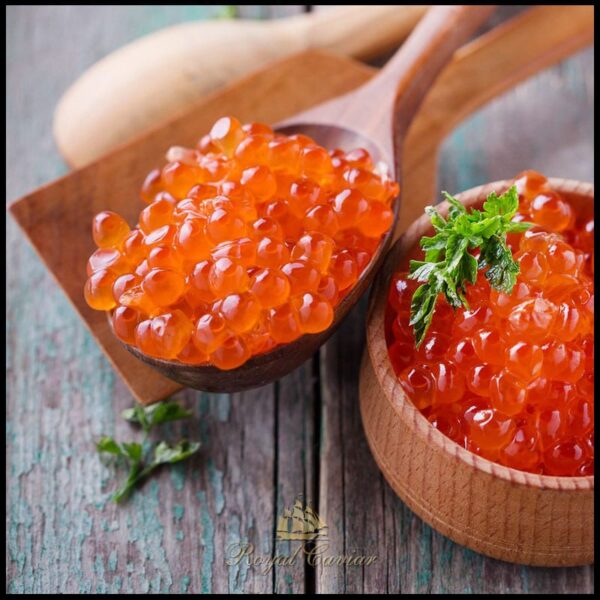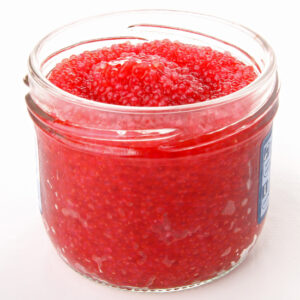Salmon roe is the eggs of the salmon fish, cured and used like other roe products, including the famous caviar of Eastern Europe and Russia. Depending on the region, it may be viewed as a delicacy, and the quality and cost of this product varies widely. As a general rule, it is less expensive than caviar, although it lacks the complex and rich flavor associated with that food. Many markets carry salmon roe in the chilled foods section and also in shelf-stable cans.
Like other forms of roe, salmon eggs are collected by harvesting female fish shortly before spawning, when they have a large and very well-developed egg mass. The eggs are cut out, allowing the rest of the fish to be processed while the roe is carefully preserved. Traditionally, roe has been salted, but it can also be preserved in brine, frozen, eaten fresh, crushed and mixed into various pates and spreads, or even dried.
As a general rule, whole roe is the most costly, because it is very difficult to keep the individual eggs whole and crisp. If the eggs become broken or crushed, they decline in value. The value is also determined by the preservation technique used, with lightly salted, chilled roe being very valuable, while heavily salted, compressed cakes are much cheaper. Flavor, of course, is also a factor, as handling roe requires a delicate hand.












Reviews
There are no reviews yet.